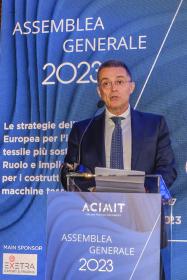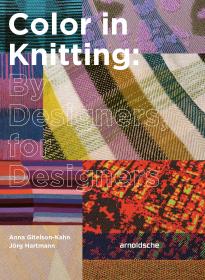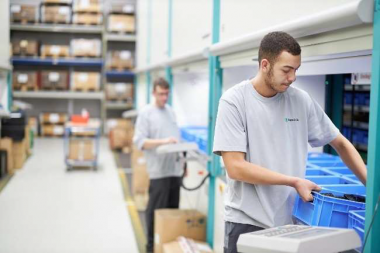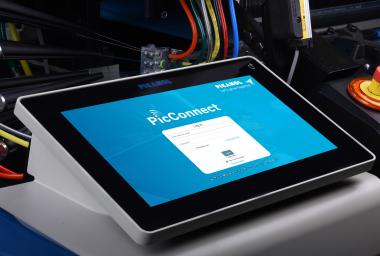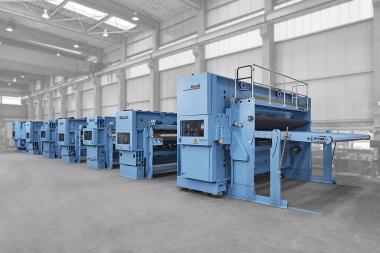Trützschler service goes digital
Every day, technical service experts from Trützschler visit customers around the globe. Now the company adds another location to their list: the virtual space, called Digital Start-Up. Digital Start-Up is a special service that helps customers get maximum value from Trützschler’s digital solutions. From personalized configurations through to analyzing data and optimizing production processes in real time, Digital Start-Up supports yarn production processes.
Digital Start-Up offers:
- Guided onboarding for all-in-one platform My Trützschler including My Mill, Training, Shop and more.
- On-site training for all machines and services.
- Digital audits that combine online and on-site guidance, training and troubleshooting
The My Trützschler platform provides access to the digital Trützschler world, with insights from digital services including My Mill Training, Shop and My Wires. The My Identity tool ensures safe access on any device, anywhere – and it saves time with single sign-on authentication.
Trützschler Group SE











